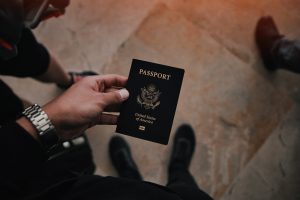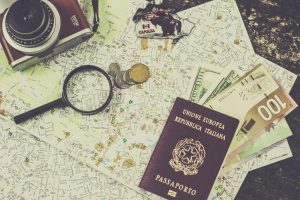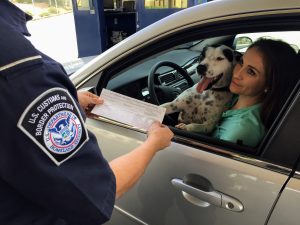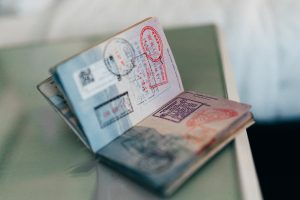If you or your family members are considering immigration to the United States, or are in the midst of the process, you’ve probably heard about the green card lottery program. But if you’re like many people, you may be unclear on exactly what the program is – and what it means for you. Today, we’ll try to shed some light on the issue.
In 1990 Congress established a new and outside-the-box way for people to immigrate to the U.S.: the Diversity Immigrant Visa, commonly called the green card lottery. The lottery is intended to give people from countries with low rates of immigration to the U.S. access to green cards. There are 50,000 immigrant visas issued annually.
Preference is given to people from areas with the lowest immigration rates. Only citizens of countries that have not had more than 50,000 immigrants to the U.S. in the past five years are eligible. Bangladesh, Brazil, Canada, mainland China, Colombia, the Dominican Republic, Ecuador, El Salvador, Haiti, Jamaica, Mexico, Nigeria, Pakistan, Peru, South Korea, the Philippines, the United Kingdom minus Northern Ireland, and Vietnam are among the countries that are frequently ineligible. Poland, Taiwan, Guatemala, and Russia have sometimes also been ineligible.
Applicants can apply from their country of birth (if eligible), or from the country of birth of their spouses (if eligible). In some cases the country of birth of the parents can be used.
Visas are issued based on region, with regions that have been underrepresented in immigration to the US receiving more visas. No country can receive more than 7% of visas. Africa and Europe receive about 80% of the visas.
Applicants from eligible countries can apply once a year. The application period is usually in autumn. Applications should be submitted on the State Department’s website, including pictures of the applicant and of the applicant’s spouse and children. There is no fee for applying. Beware of websites or letters asking for a fee!
The winners are chosen by a computer-generated random lottery. Beginning around May 1, applicants can check the website to see if they’ve won; there is no notification except via the website.
There are more winners declared than there are green cards, so cards need to be claimed immediately before they run out. Fees for the application should only be paid at the U.S. Embassy—this is another area where fraudsters try to make money. To be eligible for the card, the applicant must be a high school graduate or have at least two years experience working at a job that requires at least two years of training or experience.
The lottery program originally issued 55,000 green cards annually, but now 5,000 of these are assigned to NACARA, the Nicaraguan Adjustment and Central American Relief Act, which provides green cards to Nicaraguans, Cubans, Salvadorans, Guatemalans, and nationals of former Soviet Bloc countries who have lived in the U.S. for at least five years.
If you’d like to learn more about immigration to the United States, we want to help. Contact us today!







